As you probably know, September is Suicide Prevention Month and September 10th is World Suicide Prevention Day.I work with other agencies to bring in activities that create awareness. We are planning a gathering on Sept 13 at Riverfront Park. I hope you can join us, these events are free and open to anyone. I hope to see you there.
|
What am I up to in September? As you probably know, September is Suicide Prevention Month and September 10th is World Suicide Prevention Day.I work with other agencies to bring in activities that create awareness. We are planning a gathering on Sept 13 at Riverfront Park. I hope you can join us, these events are free and open to anyone. I hope to see you there. Also in September is Alberta Culture Days. I volunteer for the Peace River Library. I will be teaching a dreamcatcher workshop on Sept 23. This event is open to everyone but registration is required as spaces are limited. I hope to see you there!
0 Comments
It's been a wonderful summer. In July, I drove to Ontario for work and then travelled to the states for the drive home. It was so fun and I feel so grateful for these amazing opportunities.
What else did I do this summer? I had so much fun with agencies like the Peace River Library, Northern Lakes College and the Peace River Aboriginal Interagency Committee. It is my privilege and honour to work with communities. I have a couple more events in August so I will post on my facebook page and hopefully on the website. Hi folks, WOW! I can't believe I haven't posted since last year in November. Oh my goodness, it's been awhile. I have been busy with my grandkids as well as my contract work. It's been fun and sometimes challenging. Nothing is ever perfect but it's good and I am content. Yesterday and today, I am in Peerless Trout First Nation facilitating evening community presentation on "How to help a friend" and "Helping your child cope with grief". Two very important topics that many parents and community members want to know. 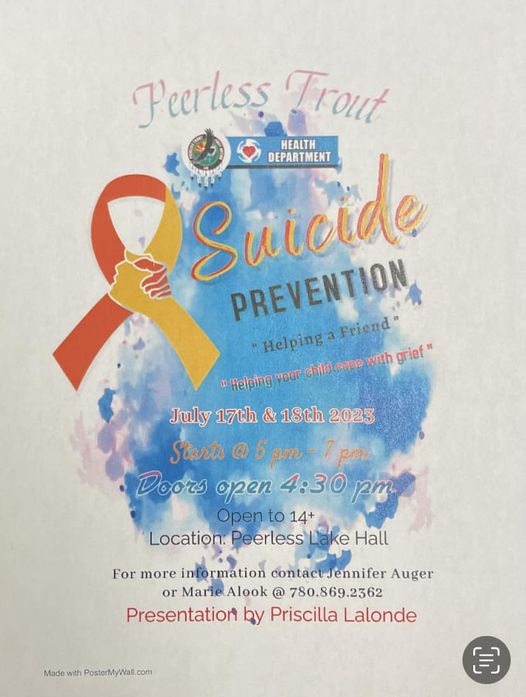 Welcome November, A time of reflection as we transition from fall to winter. The days are getting colder and I have been making more soups and stews. It is back to my crocheting, knitting and sewing. What does November look like for me so far. Lots to do. November 08th is National Indigenous Veterans Day. I will be attending the memorial event here in Peace River, Alberta. November 11th is National Veteran's Day. Please consider attending a memorial event and wearing a poppy to honor our veterans. I honour both days as my late father was in the army and volunteered to serve this country and protect the land. He was buried in his Legion blazer as was his wish. November 6th is a Ribbon Skirt Sewing Bee. I have volunteering to help our Peace River Aboriginal Interagency Committee (PRAIC) learn how to sew a basic Ribbon Skirt. I look forward to seeing them at our events throughout the year. November 15th is our regular PRAIC (Peace River Aboriginal Interagency Committee) meeting. I am grateful to be a part of a group that brings forward Indigenous issues and events to the community and surrounding area. Some of the great events we host is the May MMIWG walk and gathering, Sept 30 TRC/Orange Shirt Day Walk and Gathering, October 05 Sisters in Spirit Walk and Gathering. There is also an Annual Peace River Pow wow usually in June, this year will be a traditional event so I will be making my regalia so I can dance in 2023. November Workshops: The Centre for Suicide Prevention has in-person and virtual workshops that I facilitate regularly. This month I have a: Little Cub: Talking about suicide for Indigenous children under 12, River of Life: Indigenous Youth Suicide Prevention Walk with Me: Indigenous Suicide Bereavement. I also am delivering an in-person Grief and Loss workshop at the Mamowintowin Hall in Cadotte Lake on November 23rd. See below for more information. I have some days available for other presentations if needed. As you may know, November is Family Violence Prevention Month. Nov 19 is International Suicide Loss Day. I encourage you to reach out to survivors you know to extend support and acknowledge this difficult day.
Ay Hiy, Kinanaskomitin. Thank you. On October 20th, 2022 Thursday, Northern Sunrise County is sponsoring a "River of Life" Workshop. If you work with Indigenous Youth over 12, this workshop would be helpful to you. This workshop is going to be held at the Mamowintowin Metis Hall in Cadotte Lake, AB. The workshop reviews not just the historical and intergenerational impact of trauma but how to look for protective and risk factors in a youth and develop a safety plan with them. We are so fortunate that this workshop is free because it is being sponsored. Please consider registering, 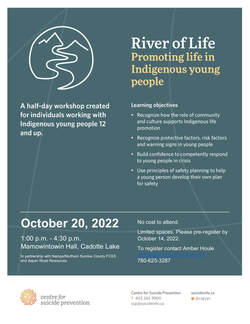 Tomorrow, October 4th, Tuesday, is a day set aside to create awareness and acknowledge those sisters and brothers who are missing and/or murdered. We will be walking and hosting a memorial service at Riverfront Park in Peace River, Alberta or Sakitawahk (cree name for Peace River). Please consider joining us. ay hiy. kinanaskomitin. Thank you. 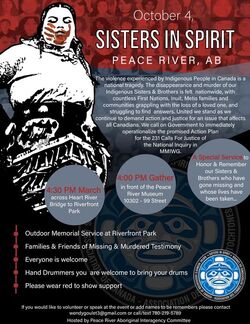 This week is a time to reflect and create awareness on the history of Turtle Island. Sept 30th is a National holiday called Truth & Reconciliation Day. It is also a day we call "Orange Shirt day". For more info about this, look up www.orangeshirtday.org. This week, in Peace River, Alberta, there are a number of events happening that I hope you can join us at. See attached posters. I feel so grateful to live in a community that supports these activities and actively participates. These events are for everyone, so bring a friend and share these posters with others. I hope to see you there! Ay Hiy. 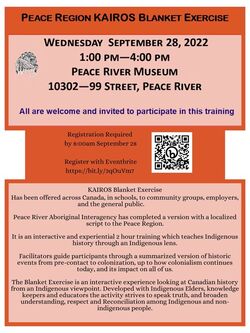 September is World Suicide Prevention Month and Sept 10 is World Suicide Prevention Day. I am fortunate to work with agencies in Peace River, Alberta to bring training and activities to the local area.
I hope to see your there! Hi my peeps!
|
Priscilla LalondeI enjoy my work in human services, I like traveling and meeting amazing people. Categories
All
Archives
September 2023
|
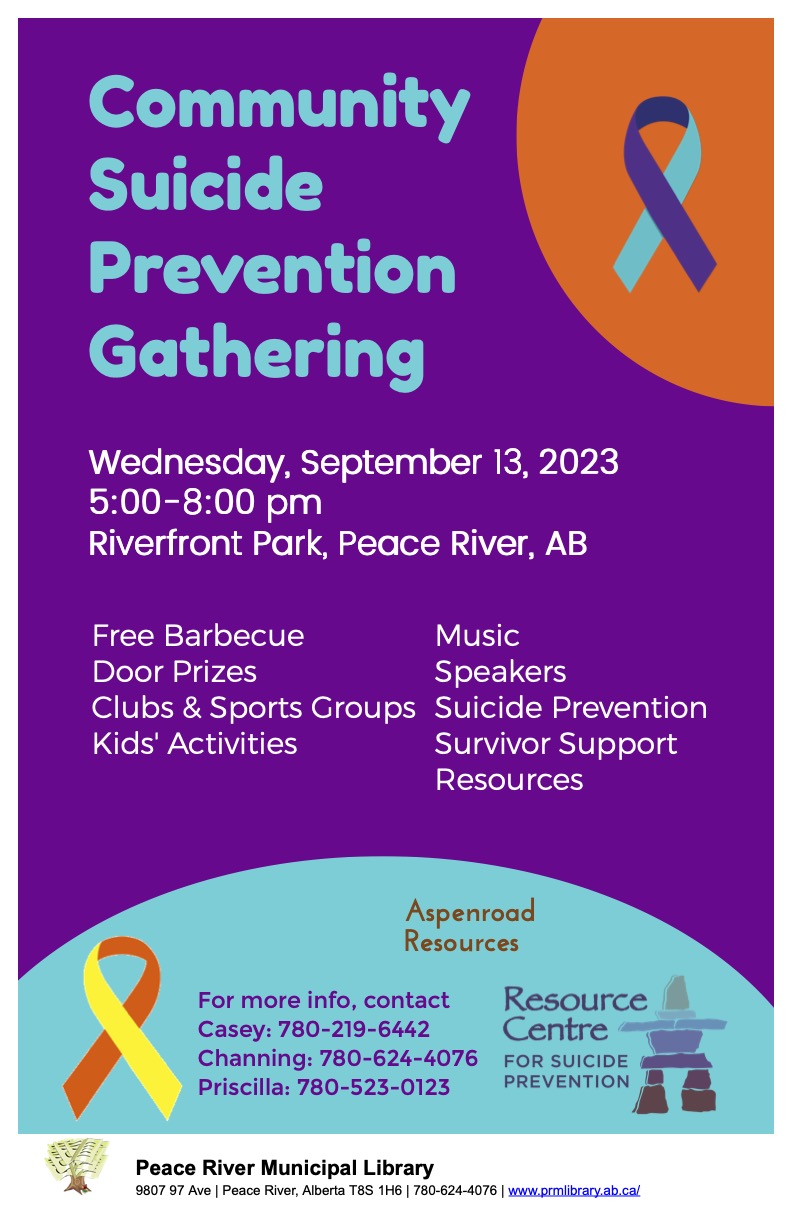
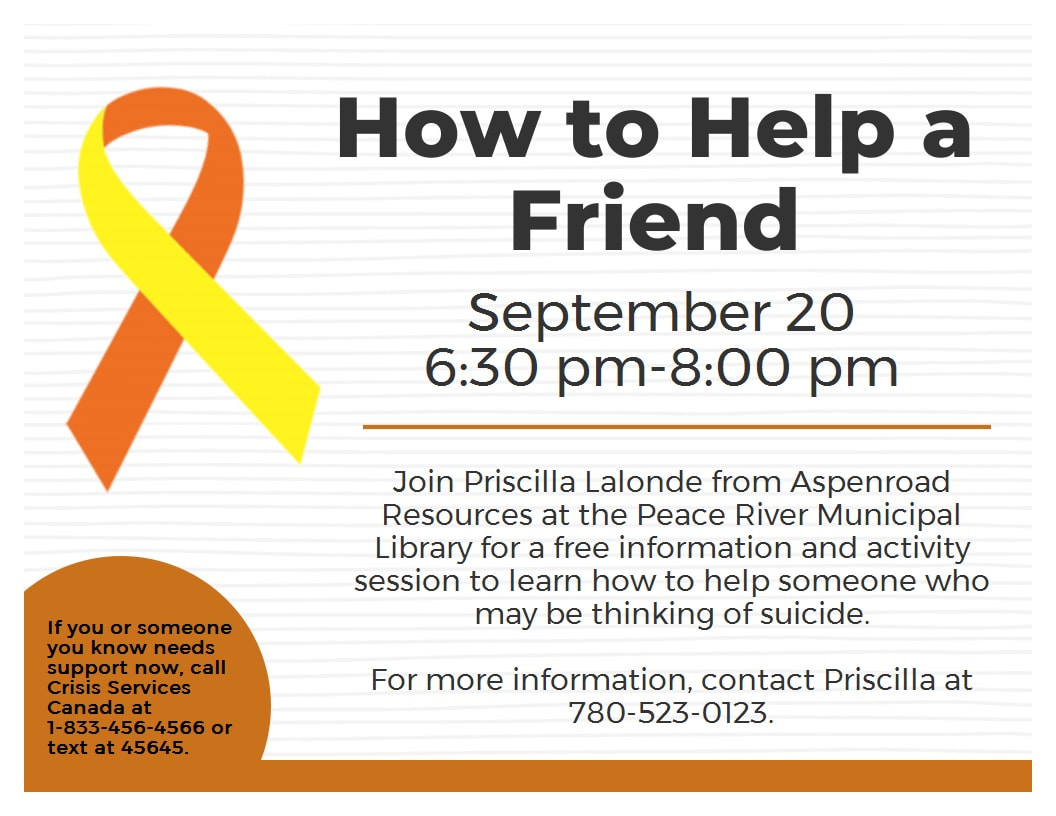

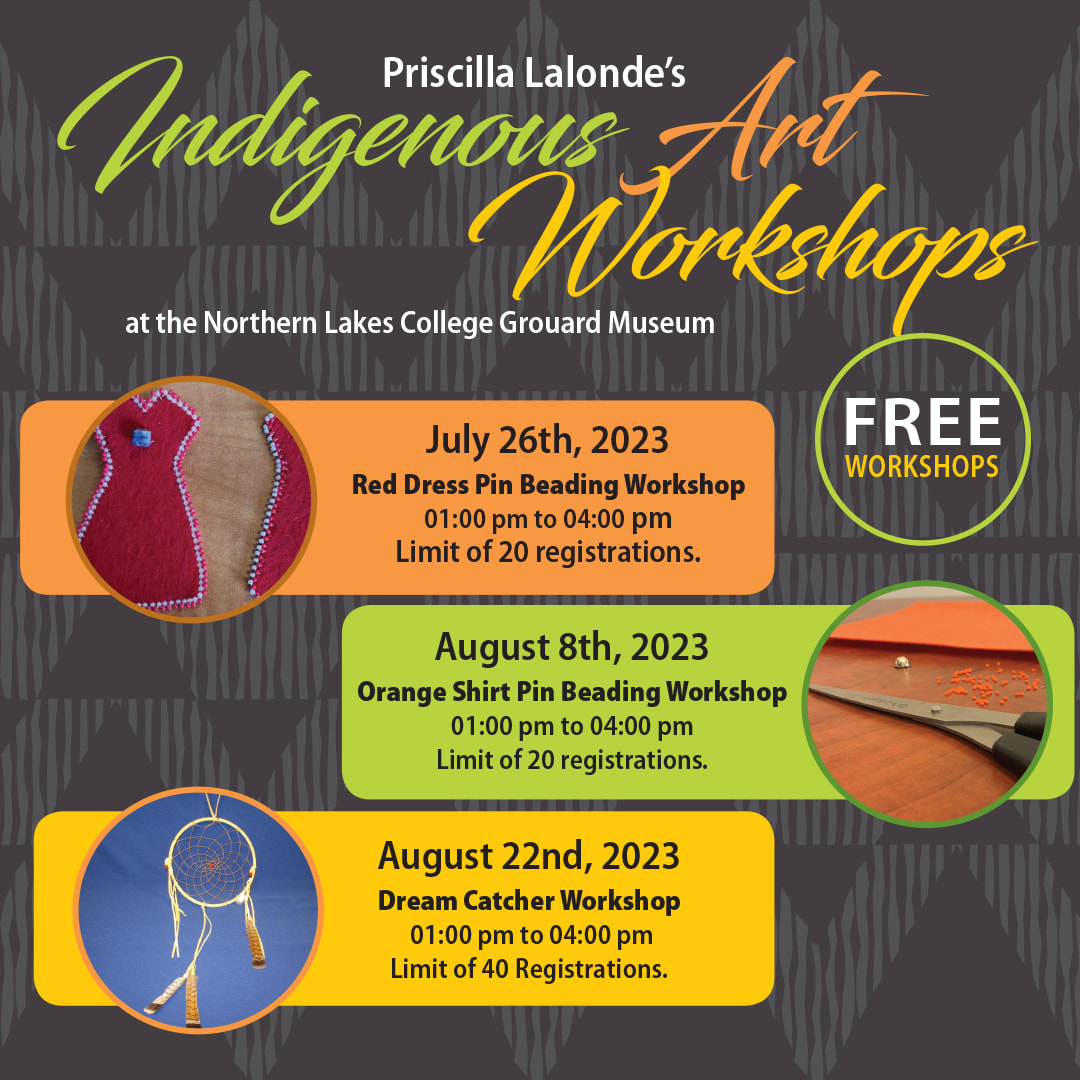
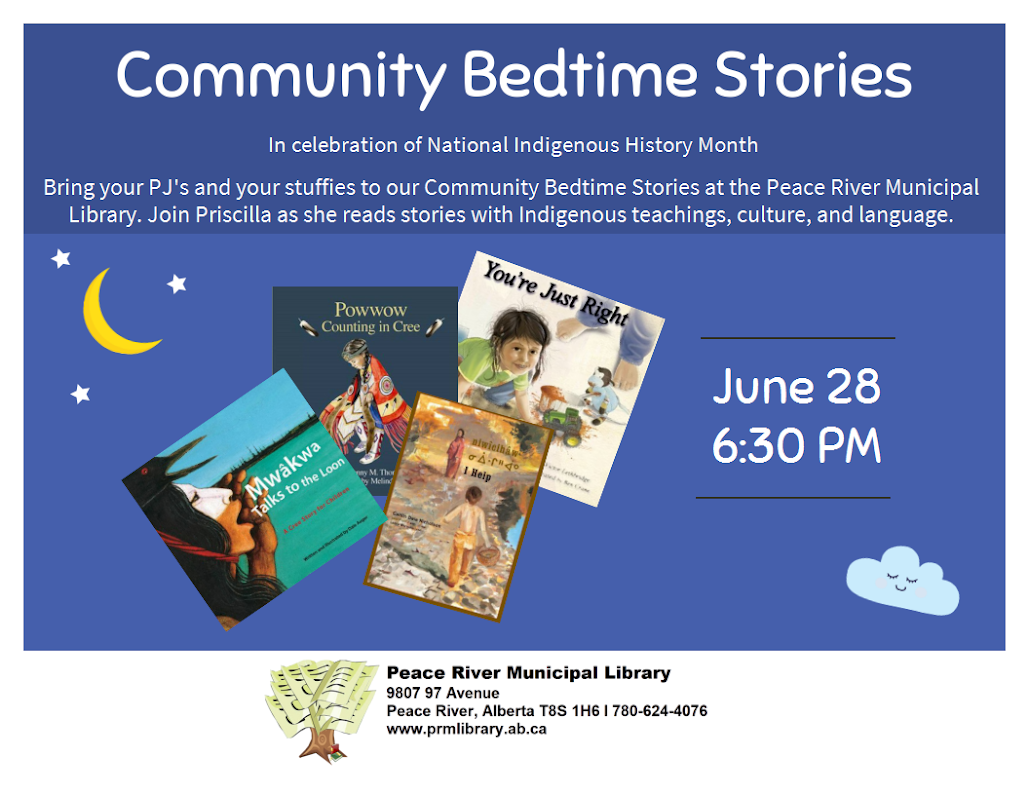
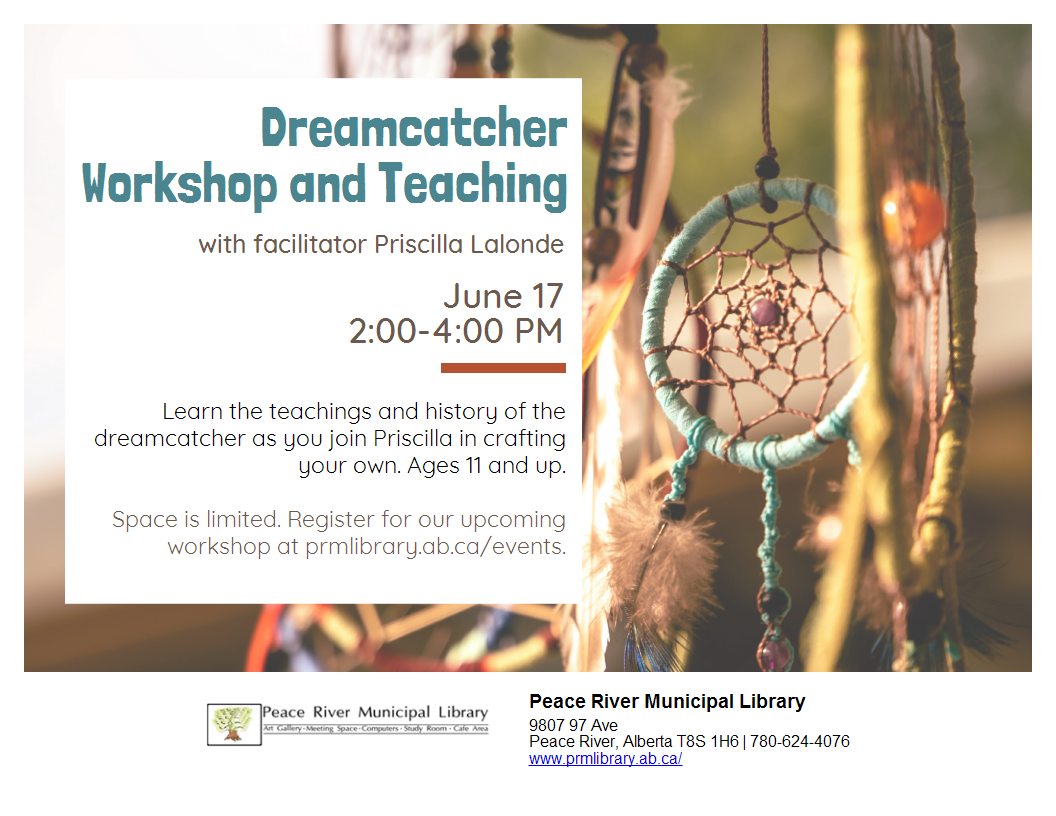
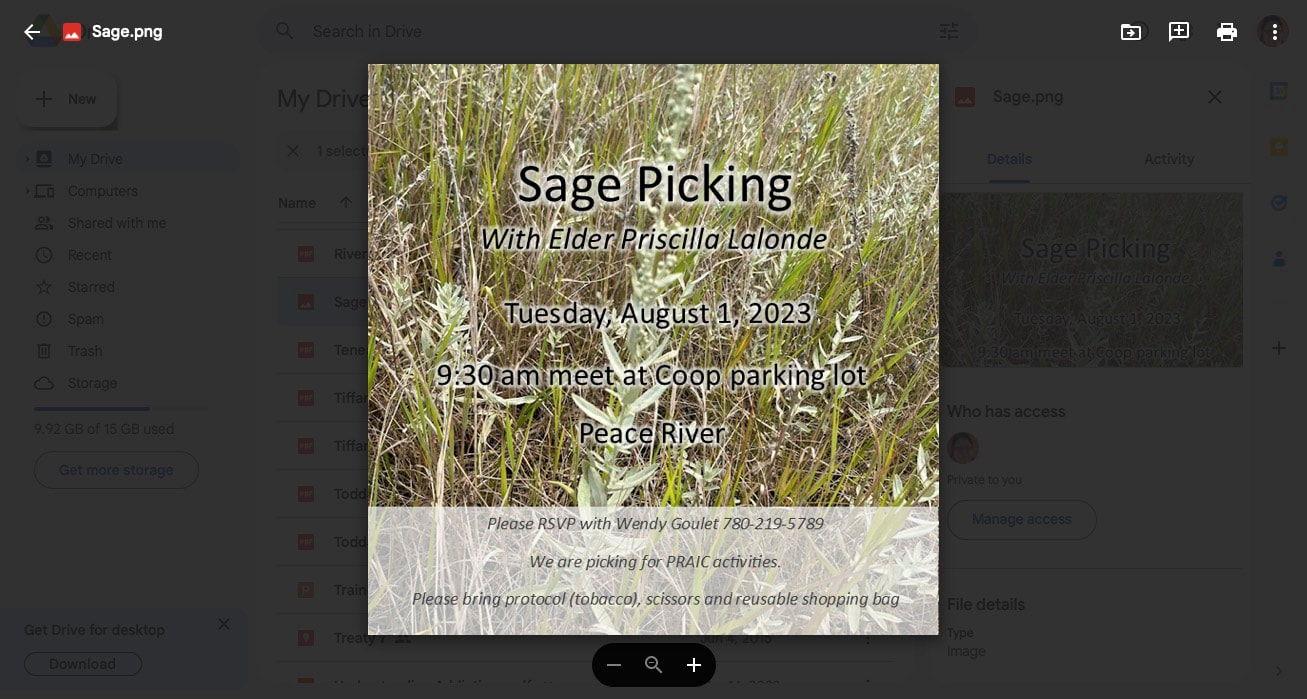
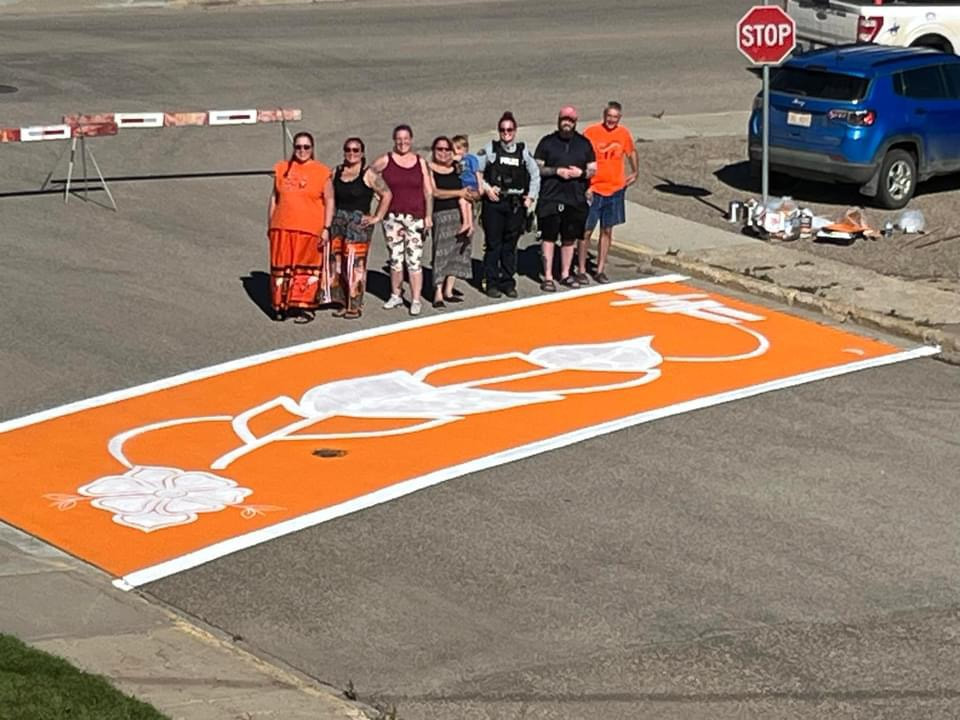
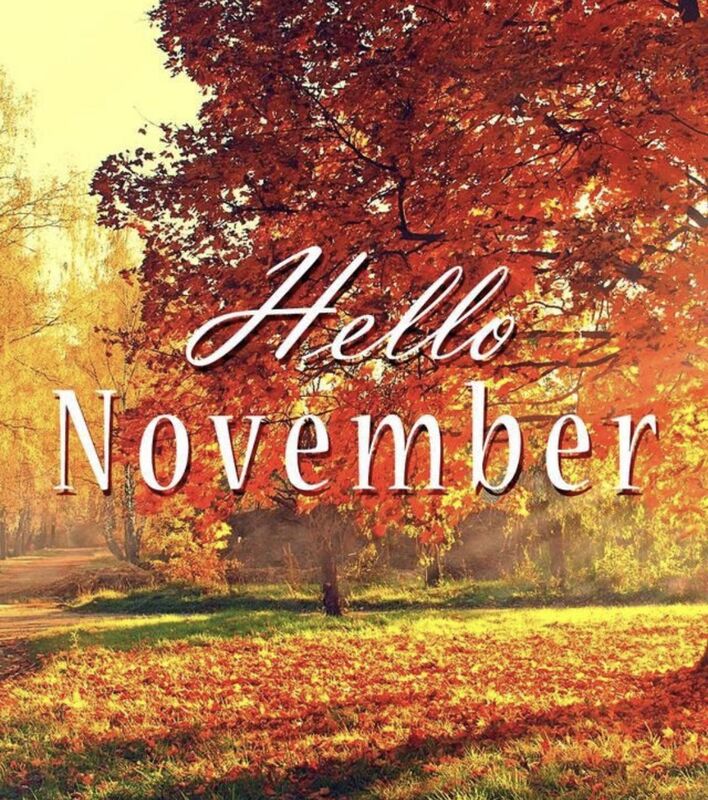

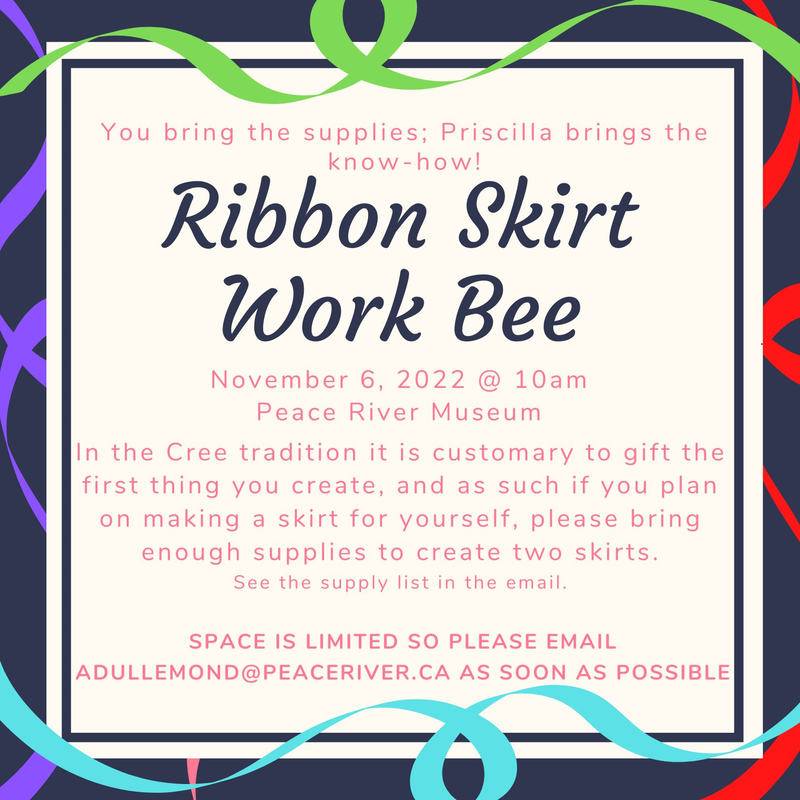
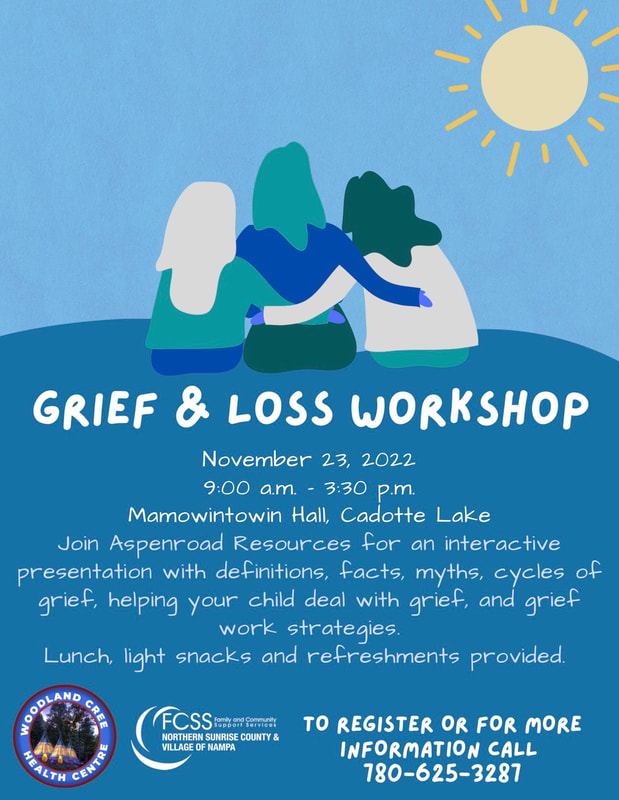
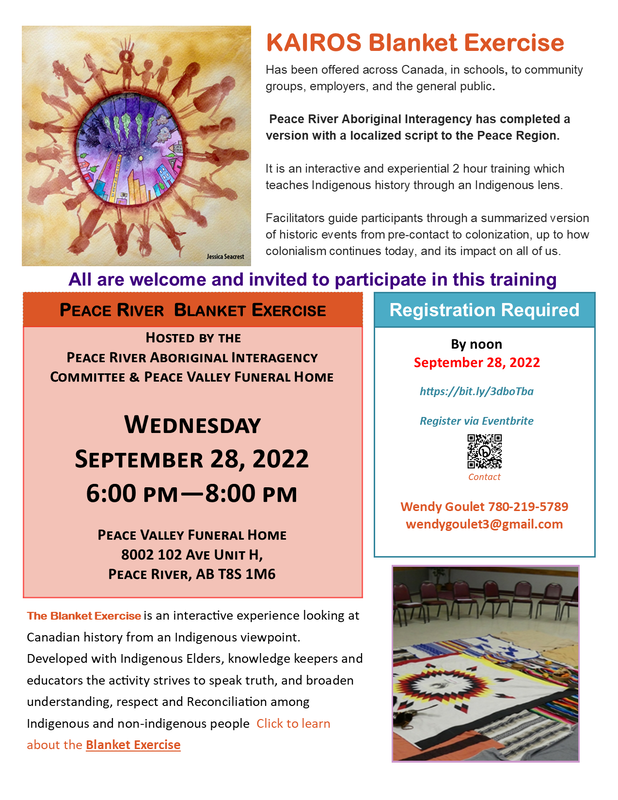
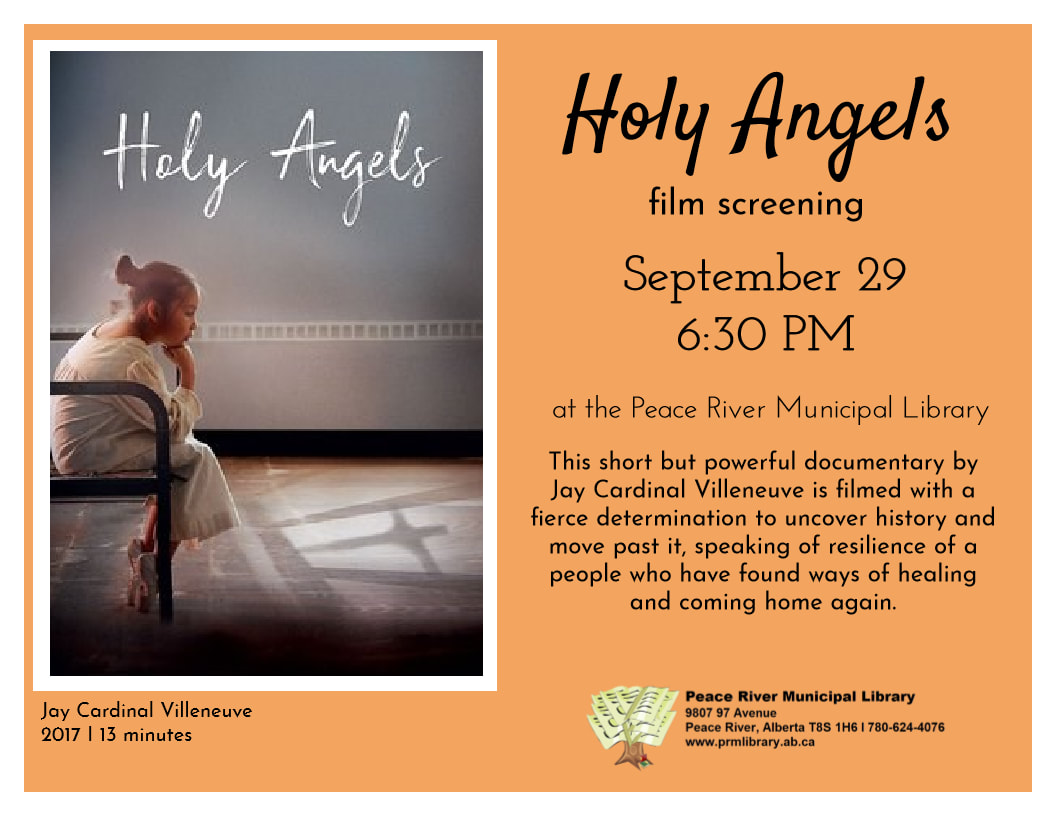
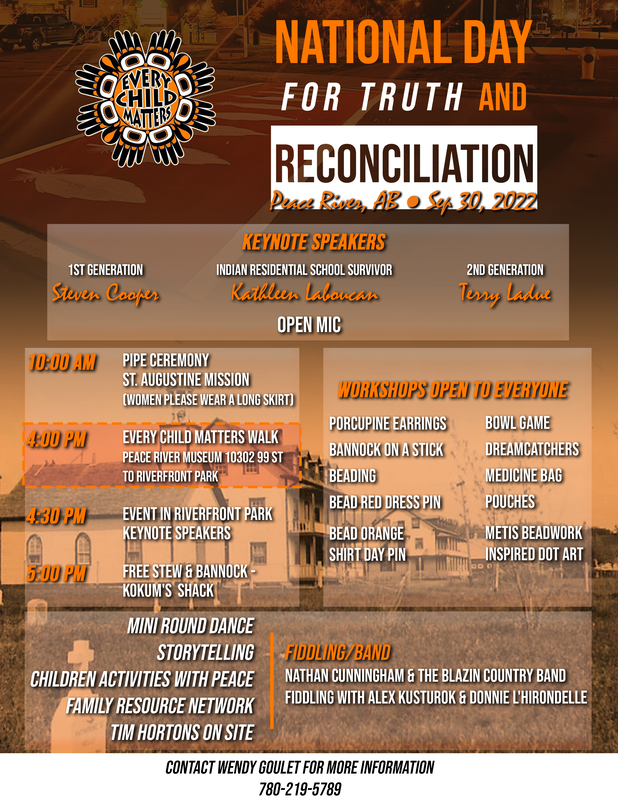
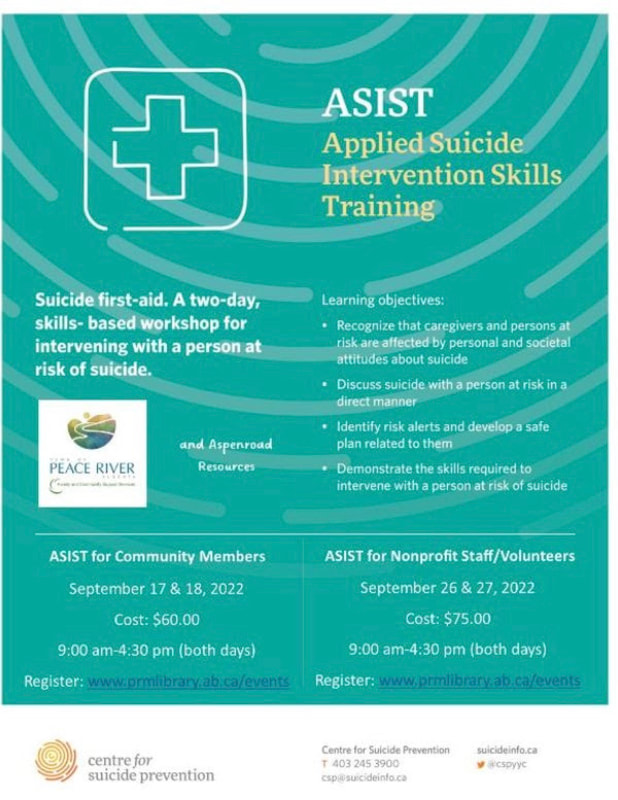
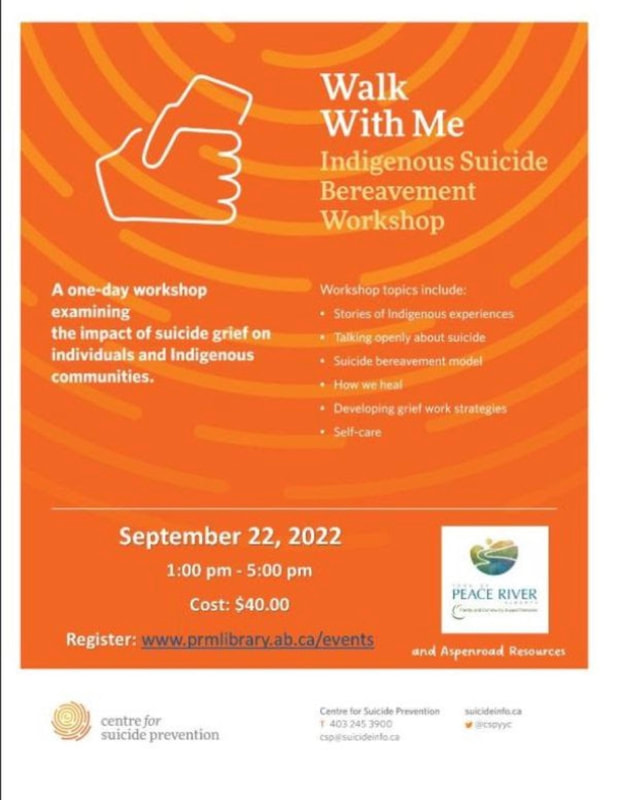
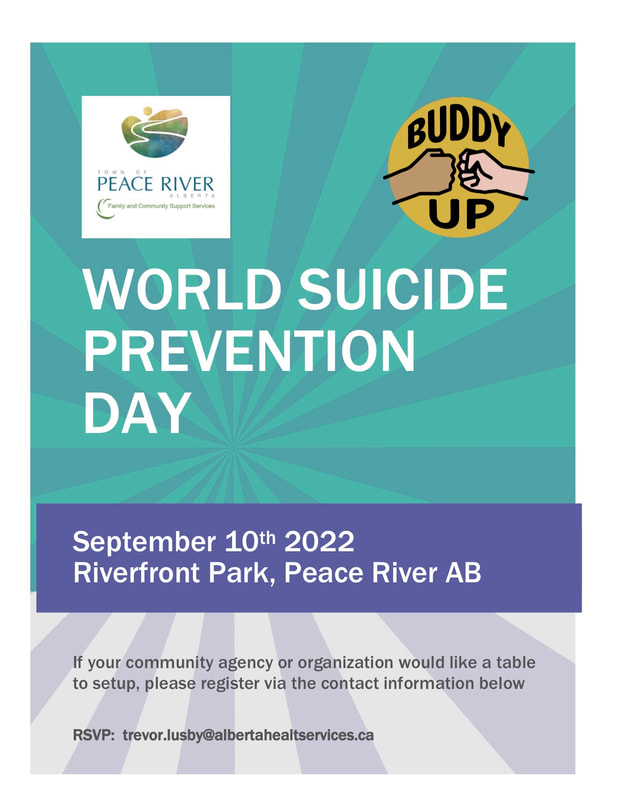
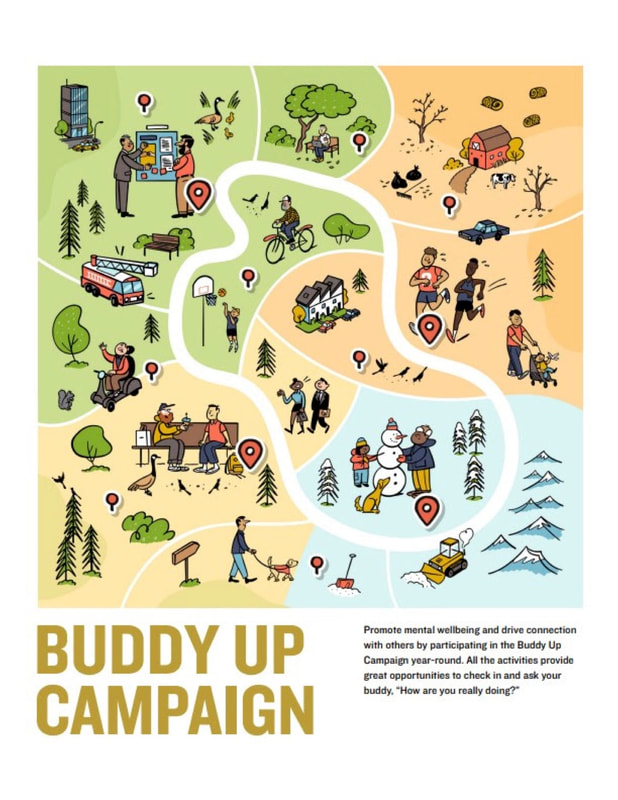
 RSS Feed
RSS Feed



